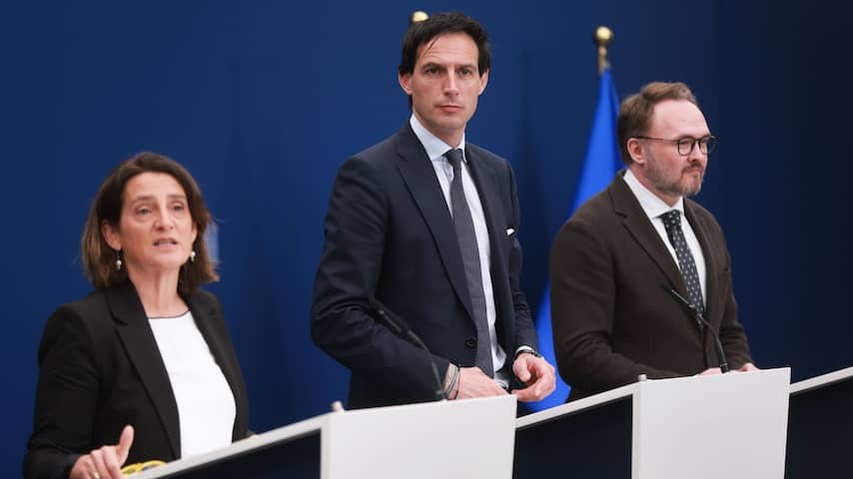
The European Union is almost on track to meet the joint climate target for 2030. If EU countries stick to their plans, CO2 emissions will have fallen by 54 percent, while 55 percent is the target.
The use of renewable energy will also continue to rise rapidly in the coming years, according to the national climate plans that EU countries have submitted to the European Commission. In 2030, 41 to 42 percent of European energy will come from sun, wind and water, according to an analysis by the Commission. The target is 42.5 percent.
European Commissioner Wopke Hoekstra spoke of “good news” at a press conference on Wednesday and pointed out that major steps have been taken in recent years. In 2023, European greenhouse gas emissions were already 37 percent lower than in 1990. “If we stay on that path, I am confident that we will achieve it,” said Hoekstra.
Emissions from industry and energy generation are being reduced through EU emissions trading. Every year, the emission ceiling for these activities decreases. The small gap that still exists between the national climate plans and the European target comes from the other sectors. This includes, for example, heating of buildings, transport and land use.
According to Brussels, there are five countries that are falling short in this area, although the European Commission does not name names. The Netherlands is not on track to meet the national climate target for 2030, but is on track to achieve this so-called ESR target. The Netherlands Bureau for Economic Policy Analysis calculated this last year.
More attention is needed for energy saving, according to the climate plans of EU member states. The bloc aims to save 11.7 percent of energy, but with current plans countries only reach 8.1 percent.
EU looking for climate target for 2040
According to the Commission, EU member states have also not developed sufficient policies to keep their industry competitive during the climate transition. They can do this, for example, by investing in innovation. They spend too much money on fossil fuel subsidies and many countries have not even mapped out how much they spend on them.
In the coming months, the EU must look for a new climate target for 2040. The European Commission wanted to aim for a 90 percent CO2 reduction in that year, as previously recommended by scientific advisors. But due to concerns about the departure of industrial companies, that target is under pressure.
Hoekstra seems to be looking for a way to maintain the 90 percent target, but with extra flexibility. This could include the possibility of paying other countries for their CO2 reduction, which would then count towards the EU target. Environmental groups are critical of this and want the EU to reduce emissions more within its own borders.